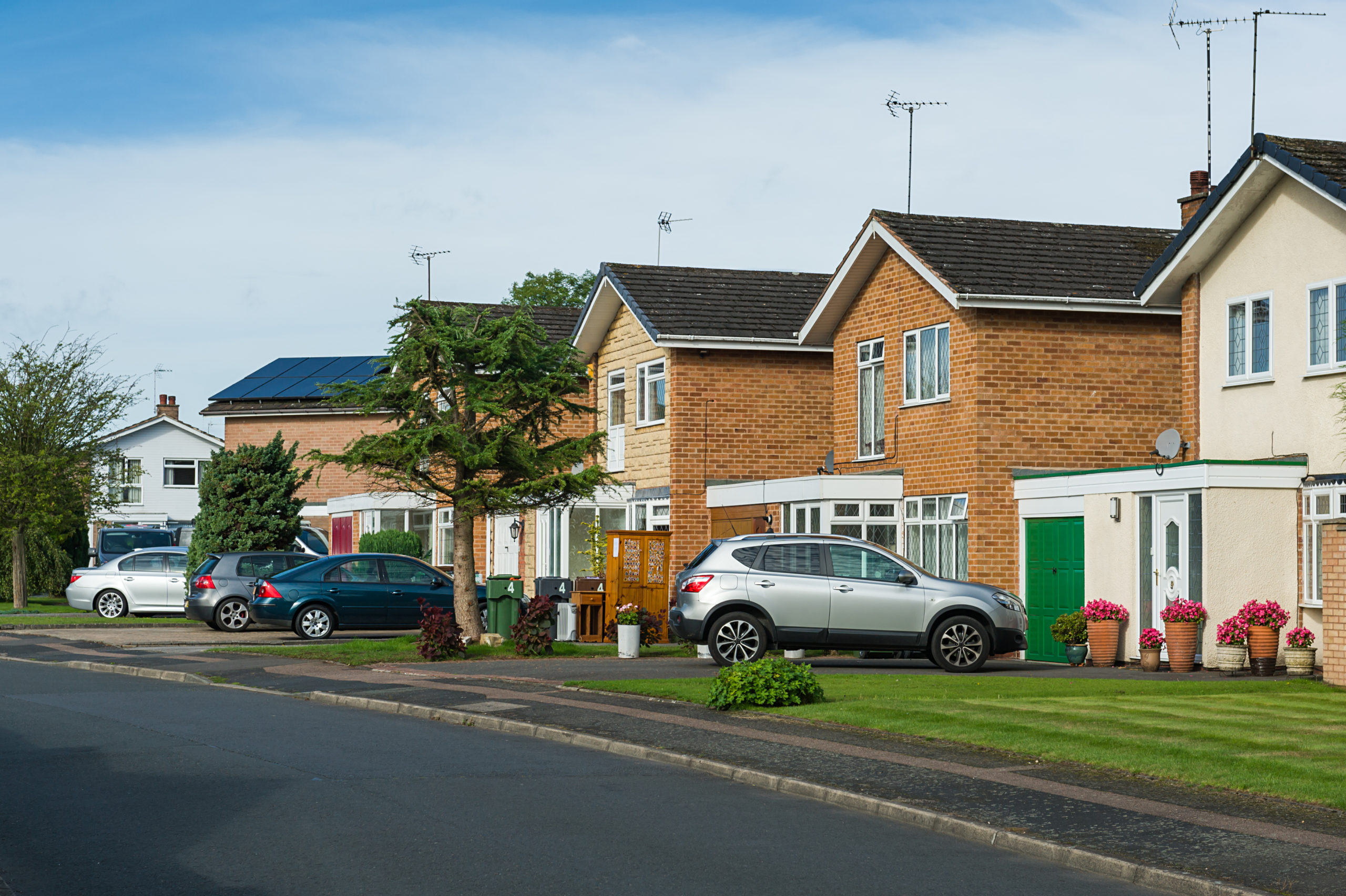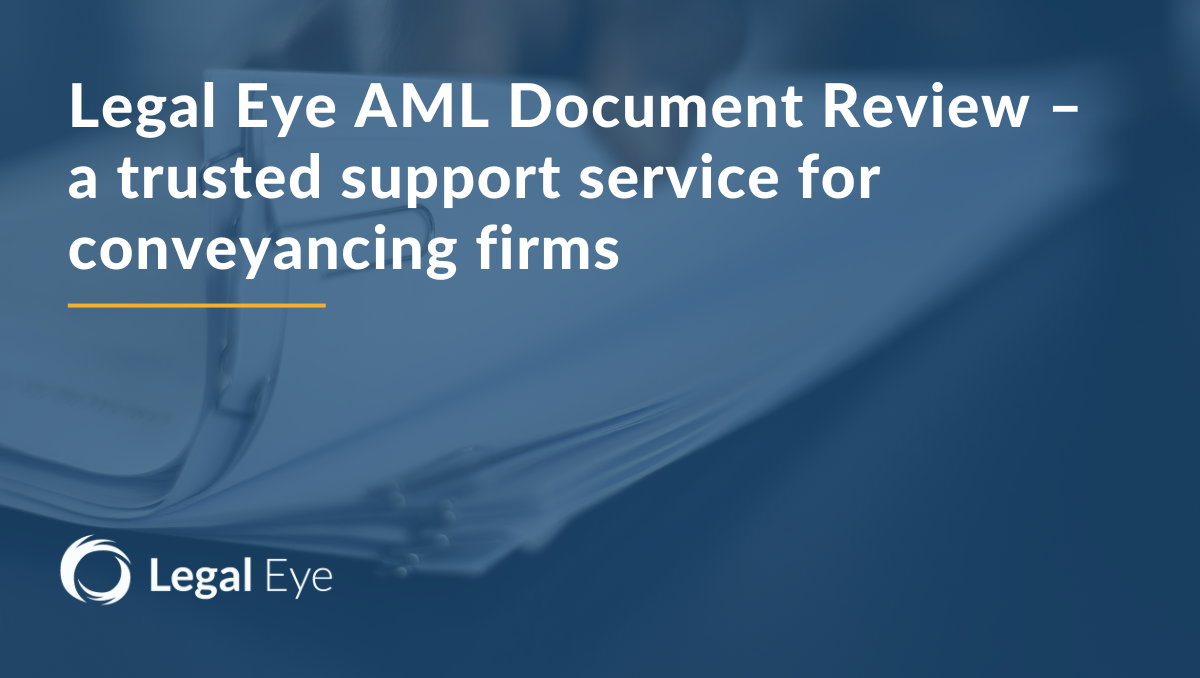Dealing with client complaints effectively is an integral part of delivering high quality client care…
With modern construction practices and stringent planning processes in the UK, it is a common assumption that new or recent housing developments will have been constructed to an appropriate standard, with the correct measures in place to ensure that homes are free of future contaminated land liability. But, is this a safe assumption to make?
The UK has a rich industrial heritage which during the 19th and 20th centuries operated at a significant scale.
As a result, there are few parts of the UK not in some way touched by industrial heritage. Over time, industry dwindled as we became a more service-oriented economy. However, that industry left a footprint in the form of pockets of sometimes undiscovered contamination, of unknown severity and magnitude. We are also in a continual race to house our growing number of households, especially in our towns and cities where past industrial sites are commonplace.
Just under 110,000 new homes were completed in England last year, reduced from prior years due to COVID-19, when delivery peaked at around 220,0001.
Driven by policies focussed on the redevelopment of brownfield land, an increasing number of these homes (c.50-80%) are constructed on former industrial sites. These policies are positive in that they seek to maintain the amenity benefit and ecosystems services delivered by our green spaces, but it clearly necessitates the proper consideration of that industrial legacy and the contamination footprint left behind.
Balancing Site Availability with Economics
Councils are under pressure to meet house building targets and will look to offer plots that are superficially attractive in terms of value, but are typically brownfield, as these are the priority sites for development within Local Plans to discourage sprawl and re-use existing industrial land for regeneration.
Developers will therefore look at these sites through the lens of economic viability. The Council will impose pre-application conditions on assessing the risk of contaminated land and seek assurance from the developer that this has been properly implemented and an effective remediation strategy proposed.
In order to be viable, a developer will look to the most cost-efficient solution for remediation, which may not always be the most effective long term. Much will depend on the nature and severity of any contaminants, but there have been many examples of a simple removal and replacement of top-soils and fitting of a membrane cap, which may place potential restrictions on the use of the property, e.g. extensions which may require groundworks at the property.
Because of the nature of many developers’ legal entities, these vehicles are designed to think of cost risk in the shorter term, which means they limit their exposure liability for ineffective site remediation down the track.
Approaches by developers vary widely and they will apply economic decisions on a bespoke basis to the site and the number of units they are able to achieve with Council approval, so you cannot assume a standard level of environmental due diligence is being followed all of the time.
Therefore, it is vital that as a conveyancer, you are able to access comprehensive and robust environmental search data that will highlight these potential risks for your client.
Case Study: Worthless Homes through Developer and Planning Negligence
In 2014, residents of a Bradford housing estate were told that their homes were worthless due to failures in the development process.
The 13-property development adjoins a former landfill site, which records suggest received industrial, commercial and household waste.
Authorities identified a risk of methane and carbon dioxide migrating from the landfill into the properties. Consequently, a key condition imposed by the Local Planning Authority was the effective remediation of the site before building certificates could be issued.
Sherwood Homes, the developer, was required to fit a membrane to prevent gas ingress. Evidence of correct installation was lacking, and final building compliance certificates weren’t issued.
Residents later seeking to re-mortgage were met with a zero-valuation due to the absence of a final lawful building certificate.
Breaches in planning conditions would often be dealt with by an enforcement notice under Section 172 of the Town and Country Planning Act. Whilst steps might first be taken to hold the developer accountable, should the authorities be unable to reach that party the notice could fall at the feet of the property owner. In this case, Sherwood Homes went into administration and have reportedly not responded to approaches by residents or authorities.
Can the Owner of a New Build Property Be Liable to Pay for its Remediation?
It is often assumed that under contaminated land legislation the developer of a property will be the sole target of enforcement action. Unfortunately for the prospective purchaser, this isn’t the case. A new homeowner cannot assume that the property developer is more likely to be served a notice to remediate contamination than they are.
There is potential for both parties to be considered members of the top liability group, known as ‘Class A’ persons, being those deemed to have ‘Caused’ or ‘Knowingly Permitted’ contamination to exist.
The construction of a house atop contamination can establish a link between the contamination and future residents which previously didn’t exist. The developer may be considered a Class A person because they ‘caused’ that link to exist. However, the new homeowner is not immune. Should they alter the property or the grounds in some way, exposing contamination, they could similarly be considered a ‘Causer’ and assume the same top liability.
It is also not uncommon for developers to disclose contamination information during the conveyance. This can be deemed an awareness on the part of the homeowner of the existence of contamination, and should they fail to remediate it they can be considered a ‘Knowing Permitter’ and subject again to the top liability bracket.
Potentially of greatest risk to the new homeowner is the not uncommon practice for developers to establish special purpose vehicles (SPVs) which act as the legal entity responsible for the construction, to limit their liability and protect any holding company.
The SPV can be liquidated or dissolved once the development is complete, or if significant problems are encountered during the development.
In addition to voluntary winding down, insolvency results in the same outcome for the new buyer. Of all industrial groups, the construction industry tends to have the highest level of collapses, with over 2,000 firms entering formal insolvency procedures in the final quarter of 2020.
Where this occurs, as in the case of Bradford, should the regulators enforce their powers under Part 2A, with the developer absent they may look at the second tier of liability, ‘Class B Persons’. A Class B Person is defined as someone who can be held responsible simply by virtue of them being the owner/occupier of the land.
Whilst the regulators can only require “reasonable”3remediation, the regime does not impose a financial cap on liability. In a case involving the remediation of coal tar beneath the gardens of 11 new homes in Doncaster in the early 2000’s, the cost came to £66,000 per residence4.
How Can a Conveyancer Protect Their Client?
The key is to treat the purchase of a new or recently constructed property with the same level of scrutiny as would be the case with any other property.
The first step is to obtain an environmental search that employs a robust methodology with respect to contamination and newly developed properties, which does not rely on an assumption of a developer safety net. The search should identify if any significant risks are present and highlight these as a ‘further action’ on the front page of the search.
Where ‘Further Action’ is advised in the case of a recently-developed property, a conveyancer may wish to first determine whether a National House Building Council (NHBC) Certificate (or similar) is available and ensure it covers contaminated land. Otherwise, planning documents demonstrating that contamination has been addressed during development may assist, so long as these evidence the complete discharge of all relevant conditions. Having this usually means the search provider can provide a report revision free of charge, and the conveyancer can be more confident that their duty of care has been fulfilled on this matter.
Find out more with the Experts
Contaminated land is a specialist area, so it’s important that legal professionals engage the help of environmental experts to guide them.
Redbrick Solutions are hosting a FREE webinar on 21st September 2021 about new build contaminated land due diligence in conjunction with Future Climate Info (FCI). In order to safeguard your client and your practice risk management in these matters, we highly recommend you join us.
Find out more and register here: https://zoom.us/webinar/register/WN_mOkg3IwOSMC4sWPWID_I9g
Our webinar partners, FCI are a team of chartered experts and environmental property professionals, with many years experience in dealing with complex contaminated land cases. They offer a free information review service and bespoke advice, together with off-the-shelf solutions with an affordable FCI Appraisal* report, and FCI Walkover*2 if a physical inspection is requested.
The Law Society’s Practice Note on Contaminated Land advises solicitors to consider the appropriateness of an environmental insurance policy to cover the costs of remediation of both undetected and disclosed contamination and related liabilities5. FCI searches include a free remediation warranty with all passed residential environmental reports, for 6 years, up to £100,000, providing peace of mind for conveyancers and their clients.




